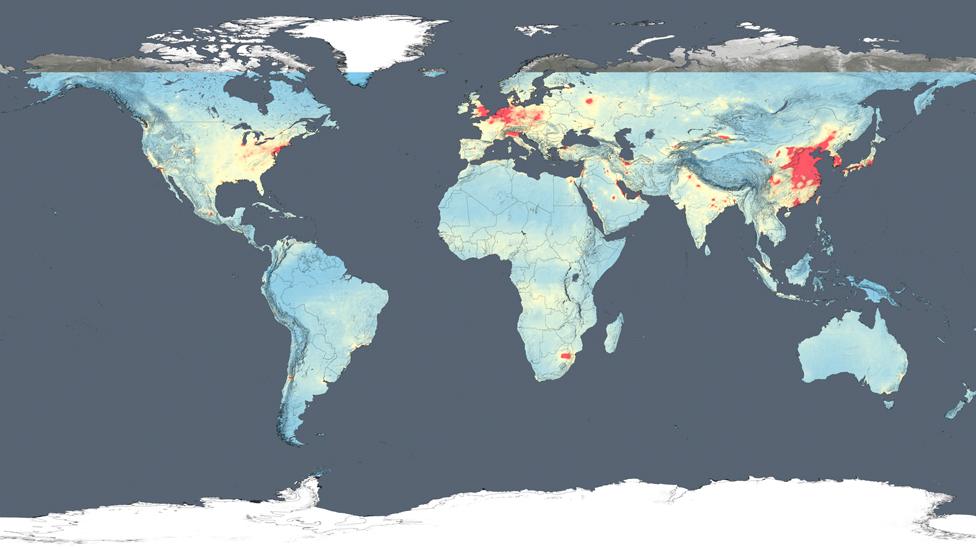UK-Dutch-built Sentinel launches to track air quality
- Published
The Rockot vehicle lifted away from the Plesetsk Cosmodrome right on cue
A UK-assembled satellite has launched from Russia on a mission to monitor air quality around the globe.
Its Dutch-designed instrument will make 20 million observations daily, building maps of polluting gases and particles known to be harmful to health.
Called Sentinel-5P, external, the spacecraft is a contribution to the EU's Copernicus Earth-monitoring programme, external.
S5P rode to orbit on a converted Russian intercontinental ballistic missile called a Rockot.
The vehicle left the Plesetsk Cosmodrome at 12:27 local time (10:27 BST; 09:27 GMT).
Controllers knew they had a functioning satellite in position above the planet when they received the first radio communication from S5P. This was picked up 93 min after the Rockot left the ground as the satellite passed over Sweden.
The EU, with the help of the European Space Agency (Esa), is developing a constellation of satellites as part of its Copernicus programme.
Five of the platforms are already up; many more will follow in the next few years.
All called Sentinels, external, they are tasked with taking the pulse of the planet and gathering data that can inform the policies of member states - everything from fisheries management to urban planning.
"It's been a fantastic success so far," said Josef Aschbacher, Esa's director of Earth observation. "We have today 35 petabytes of data downloaded by the user community. More than 100,000 users are registered on our websites downloading this data, but also at many mirror sites in Europe, in the US, in Australia, which are replicating the data we have."
The Sentinels, in number and capability, dwarf anything planned elsewhere in the world, and Sentinel-5 Precursor, to give it its full title, is one of the big UK contributions to the whole endeavour.
The satellite's TROPOMI instrument, external has been developed by a consortium led from the Netherlands' national meteorological agency (KNMI), external, and will build daily global maps of key gases that contribute to pollution.
These include nitrogen dioxide, ozone, formaldehyde, sulphur dioxide, methane and carbon monoxide. All affect the air we breathe and therefore our health, and a number of them also play a role in climate change.
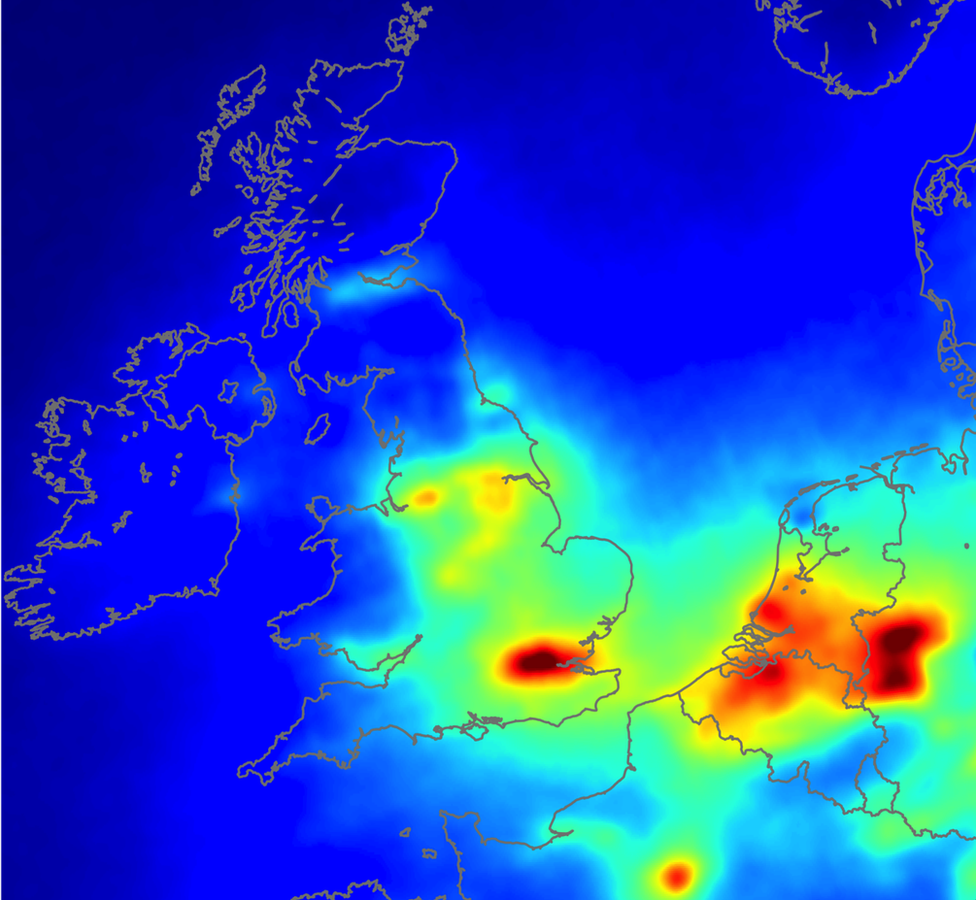
OMI data tracking nitrogen dioxide emissions which come in large part from motor vehicle exhausts
The "Precursor" in the spacecraft's name references the fact that the TROPOMI instrument comes before a near-identical sensor that will eventually fly on Europe's next-generation weather satellites from 2021.
Putting up 5P now also ensures there is no data gap in observations should an ageing, previous-generation instrument suddenly fail. That sensor, called OMI, flies on the US space agency's Aura satellite.
Although still in good health, it is operating far beyond its design lifetime. But TROPOMI is more than just a gap-filler, says KNMI's principal investigator Pepijn Veefkind because it is a big step on in performance on what has gone before.
"TROPOMI will make 20 million observations every day, covering the entire globe at a resolution that is 10 times better than we have ever seen before. That allows us to see pollution in cities on a much finer scale. In Rotterdam, for example, we will be able to distinguish the harbour from the city centre; and we will be able to see the pollution in shipping lanes over the oceans."
One major use for the data will be in delivering air quality forecasts, including providing warnings when citizens are likely to encounter problems like smog or high UV (ultraviolet light) levels.
"We only need a little bit of UV to produce vitamin D [in our bodies], but if we get too much, it is dangerous; we know that from our beach holidays," said Richard Engelen from the Copernicus Atmosphere Monitoring Service, which is run out of the European Centre for Medium Range Weather Forecasting.
"So, daily forecasts of UV are very meaningful, especially in countries where solar radiation is quite critical, such as in Australia and along the Mediterranean."
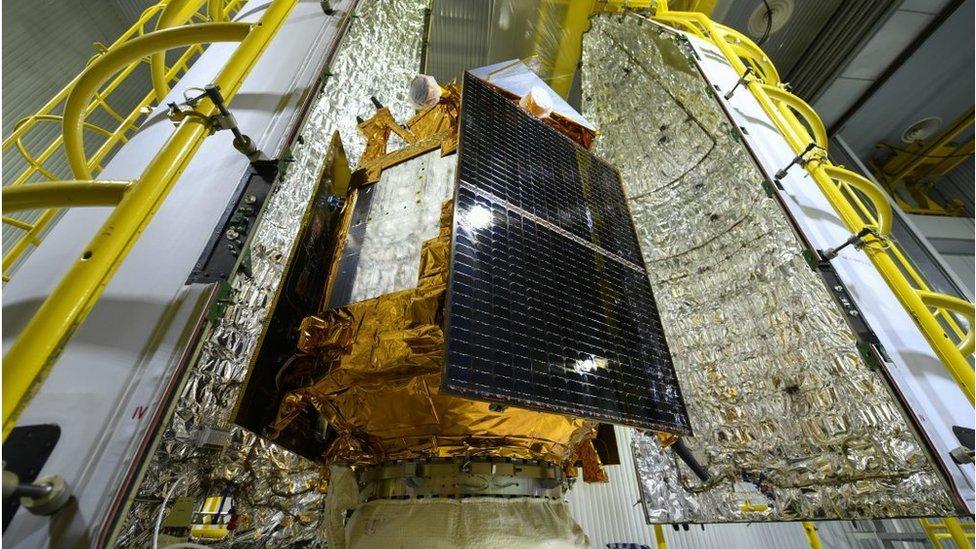
Sentinel-5 Precursor is a major UK contribution to the EU's Copernicus programme
British atmospheric scientist Paul Palmer said some of TROPOMI's climate observations would be just as important, and highlighted its detection of the greenhouse gas methane.
"It's kind of the poorer cousin of carbon dioxide, but it has a fascinating story of its own," the researcher from Edinburgh University and the UK National Centre for Earth Observation explained.
"In the 1990s its growth rate in the atmosphere went to zero for seven years before then going back up - and we don't know why. The quality of the data has not been sufficient for us to say why that happened; and that's a big problem.
"Having the daily information from TROPOMI, I'm hopeful that if something similar happens again we'll be in a better position to explain what's going on."
S5P was built in Stevenage, north of London, by Airbus Defence and Space UK, external, under a 45.5m euros (£40m) contract signed in 2011. Some 30 companies across Europe were contracted by Airbus as part of the development team.
British industry has provided components for other Sentinels already in orbit, but Precursor is the first platform whose construction has been led from the UK.

What is the Copernicus programme?
EU project that is being procured with European Space Agency help
Pulls together all Earth-monitoring data, from space and the ground
Will use a range of spacecraft - some already up there, others yet to fly
Expected to be invaluable to scientists studying climate change
Important for disaster response - earthquakes, floods, fires etc
Data will also help design and enforce EU policies: fishing quotas etc

And although Copernicus and its Sentinels are an EU initiative, UK ministers have made it clear they do not want to leave the programme when the country quits the European Union in March 2019.
The recent Brexit position paper on science (PDF), external stated that the UK wished to continue involvement in Brussels' space programmes.
Science minister Jo Johnson MP said: "The successful launch of the Sentinel-5 Precursor satellite is a clear demonstration of the UK's valuable contribution to improving global knowledge through satellite data, and the heights we can reach by collaborating with our European partners.
"Our ongoing investment in the UK space sector forms a key part of our industrial strategy, and we are committed to ensuring that we have the infrastructure and skills in place to support our ambition to capture 10% of the global space market by 2030."
Pepijn Veefkind: "TROPOMI breaks the reflected light up into thousands of colours"
Jonathan.Amos-INTERNET@bbc.co.uk, external and follow me on Twitter: @BBCAmos, external
- Published28 September 2017
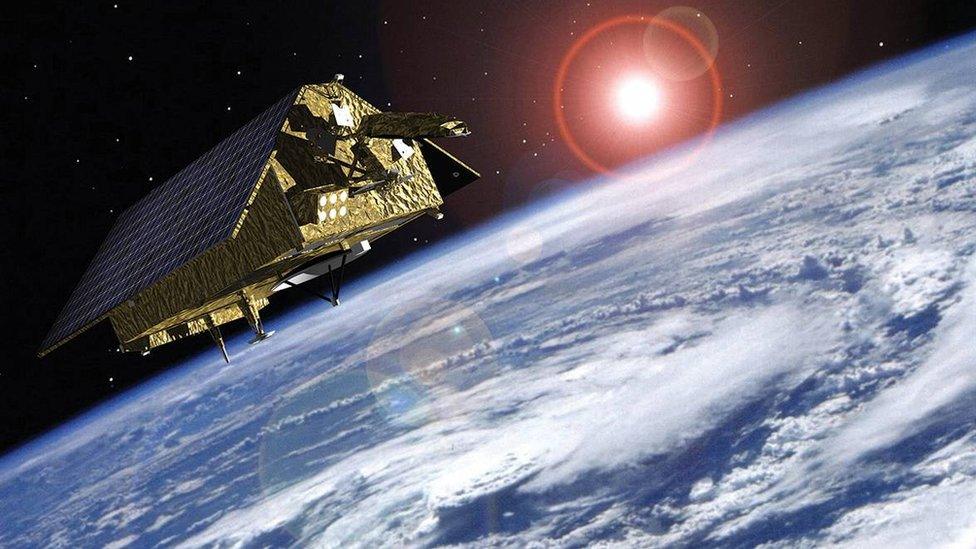
- Published9 August 2017
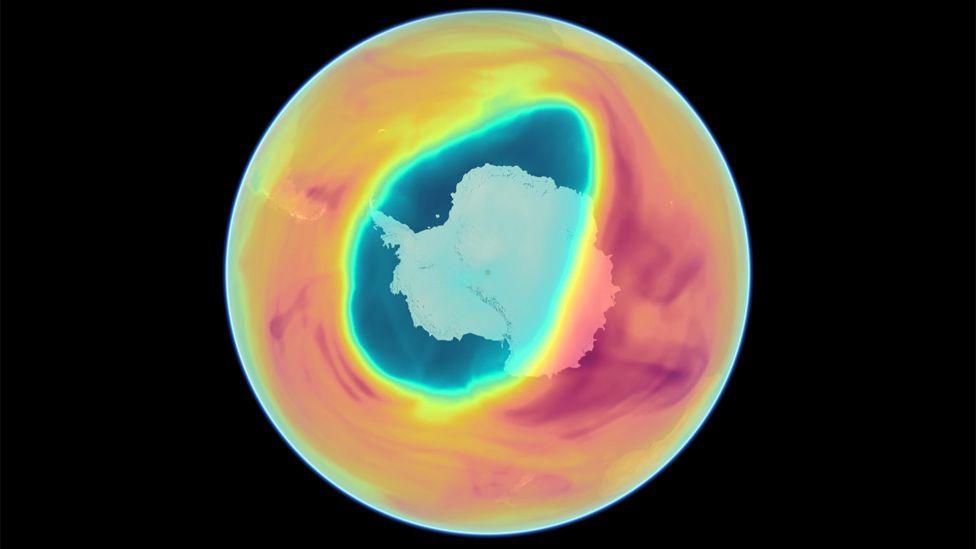
- Published20 July 2017
- Published15 December 2015
